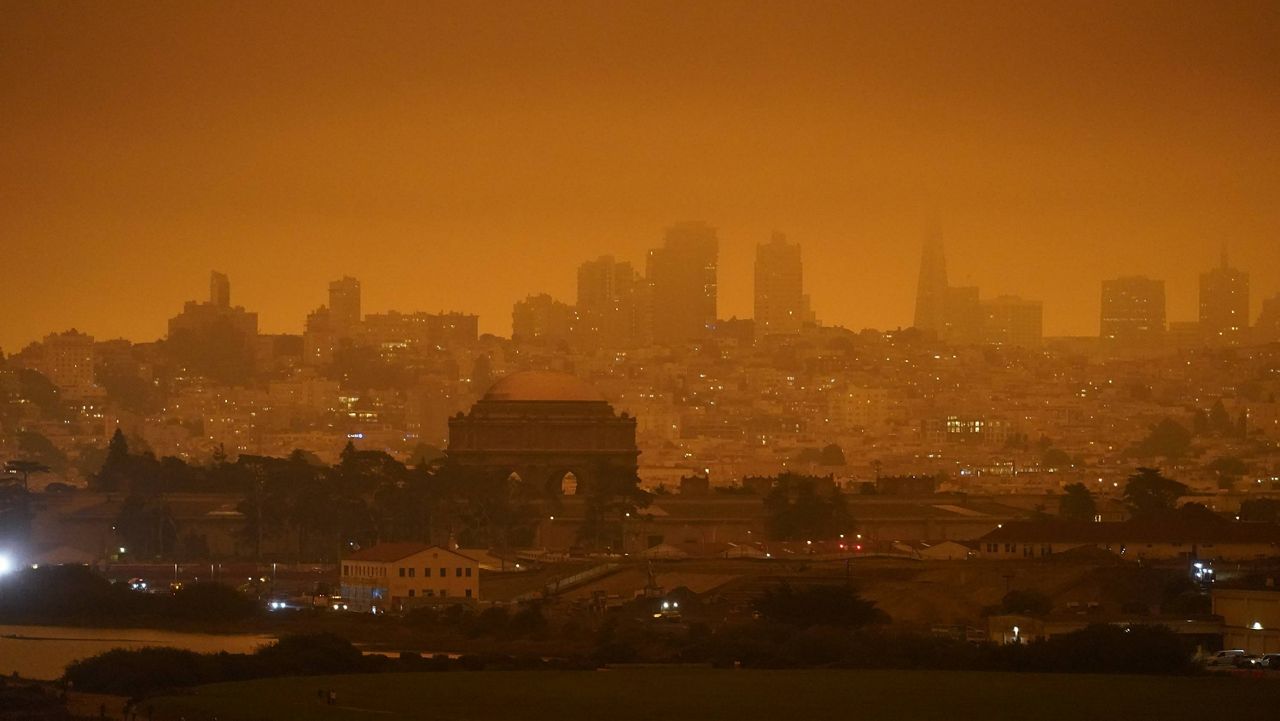About four in 10 Americans live in areas where the air is so frequently polluted that it’s considered too dangerous to breathe, according to an annual survey by the American Lung Association released Wednesday.
What You Need To Know
- About four in 10 Americans live in areas where the air is so frequently polluted that it’s considered too dangerous to breathe, according to the American Lung Association's annual State of the Air report
- People of color are three times more likely than white people to live in the most polluted areas, the survey found
- And following a trend the report has recognized in recent years, climate change is making matters worse, as extreme heat and wildfires are contributing to high ozone days and spikes in particle pollution
- Los Angeles; Fairbanks, Alaska; and Bakersfield, California were rated the worst cities for ozone pollution, short-term particle pollution and year-round particle pollution, respectively
The State of the Air report found that more than 135 million people — 41.1% of the population — live in places with unhealthy levels of ozone or particle pollution. People of color are three times more likely than white people to live in the most polluted areas, the survey found.
And following a trend the report has recognized in recent years, climate change is making matters worse, as extreme heat and wildfires are contributing to high ozone days and spikes in particle pollution.
“This report shines a spotlight on the urgent need to curb climate change, clean up air pollution and advance environmental justice,” American Lung Association President and CEO Harold Wimmer said in a news release. “The nation has a real opportunity to address all three at once — and to do that, we must center on health and health equity as we move away from combustion and fossil fuels to clean, renewable energy.”
The survey, in its 22nd year, uses data from 2017, 2018 and 2019, the most recent quality-assured numbers available, the ALA said. It analyzes ground-level ozone pollution as well as short-term and year-round particle pollution.
Hazardous air pollutants have been known or suspected to cause cancer, birth defects, lung complications and other serious health issues. Researchers from the State University of New York’s College of Environmental Science and Forestry also last year found that an increase in exposure to hazardous air pollutant is associated with a 9% increase in death among people infected with COVID-19.
The American Lung Association study found that 14.8 million fewer people are breathing unhealthy air compared to last year’s report, mostly due to improved levels of ozone pollution. But the organization added that short-term particle pollution continues to rise, with nearly 1.1 million additional people being exposed to it.
Los Angeles was rated the city with the worst ozone pollution, as it has been in 21 of 22 State of the Air reports. For the first time, Fairbanks, Alaska, is the worst city in terms of short-term particle pollution. And Bakersfield, California, is ranked the worst for year-round particle pollution for the second straight year.
The five cities with the cleanest air, according to the report, are Burlington-South Burlington-Barre, Vermont; Charlottesville, Virginia; Elmira-Corning, New York; Honolulu, Hawaii; and Wilmington, North Carolina.



